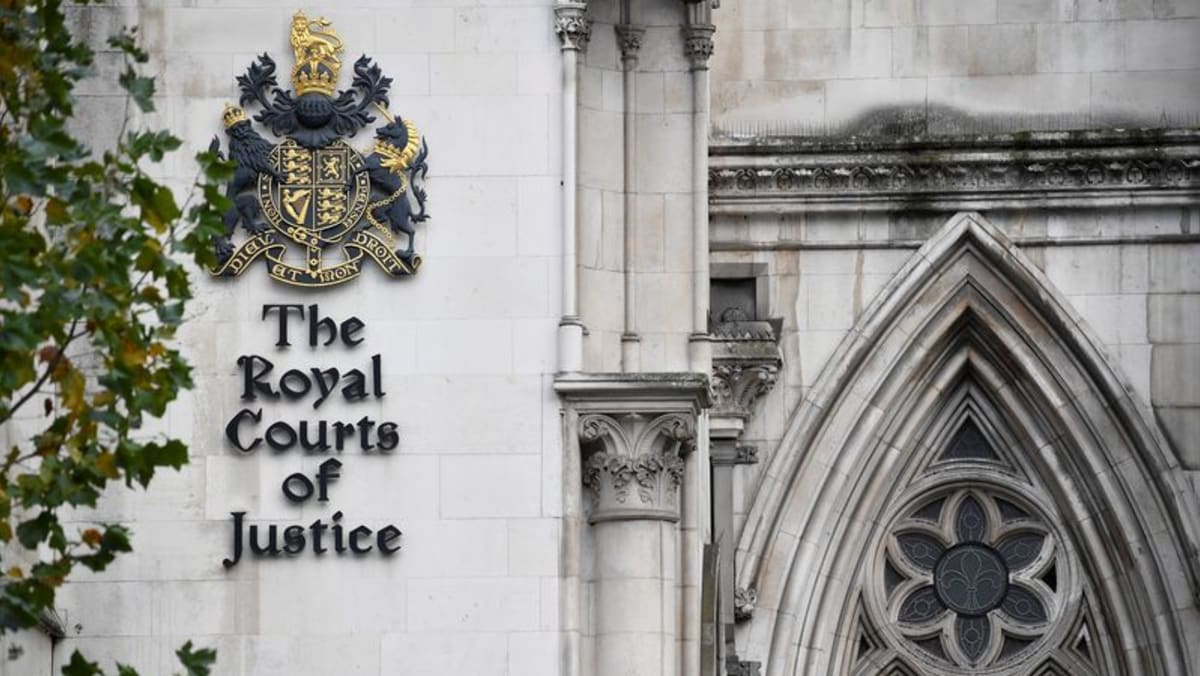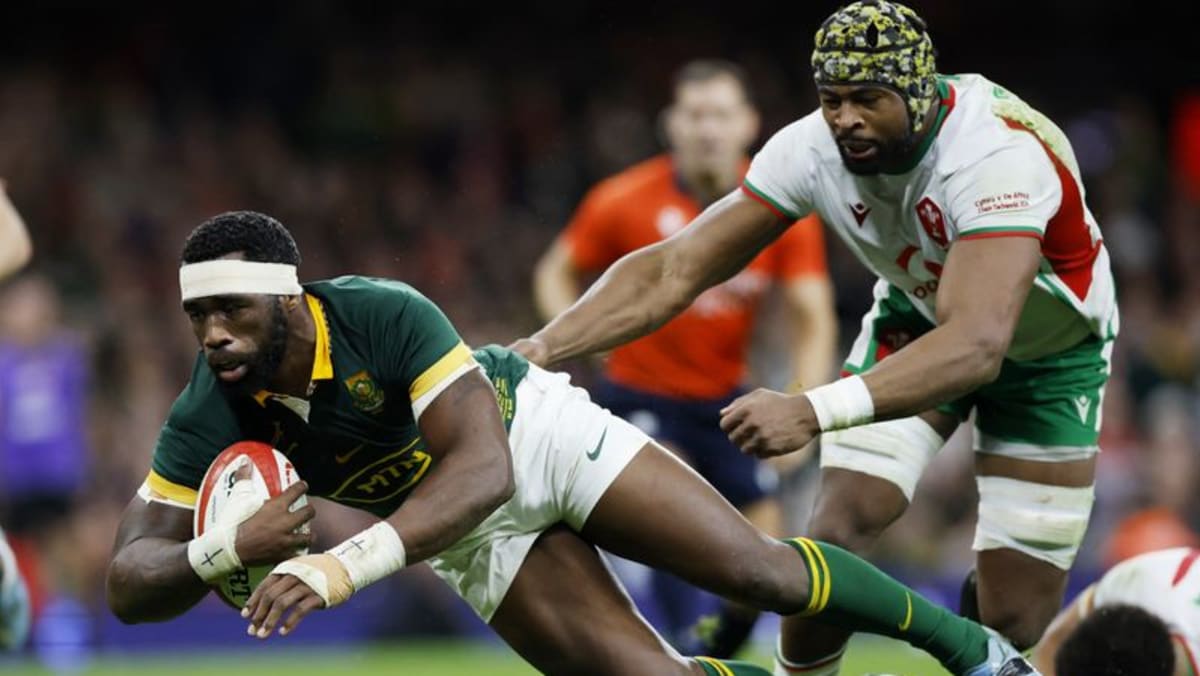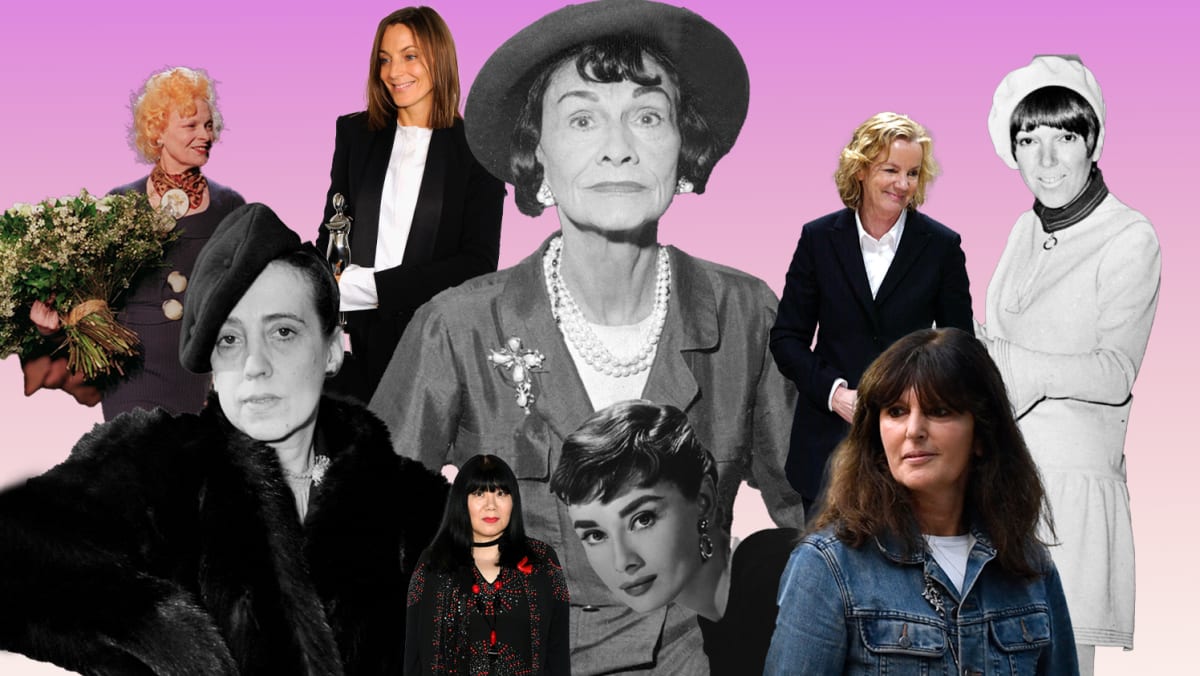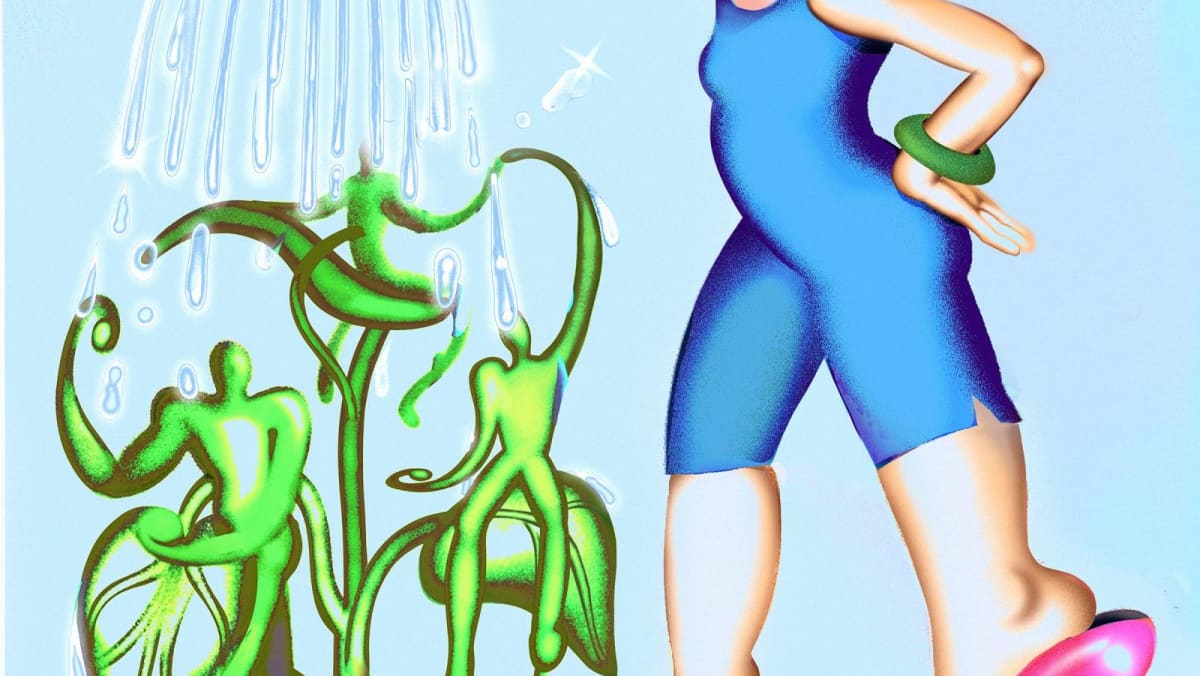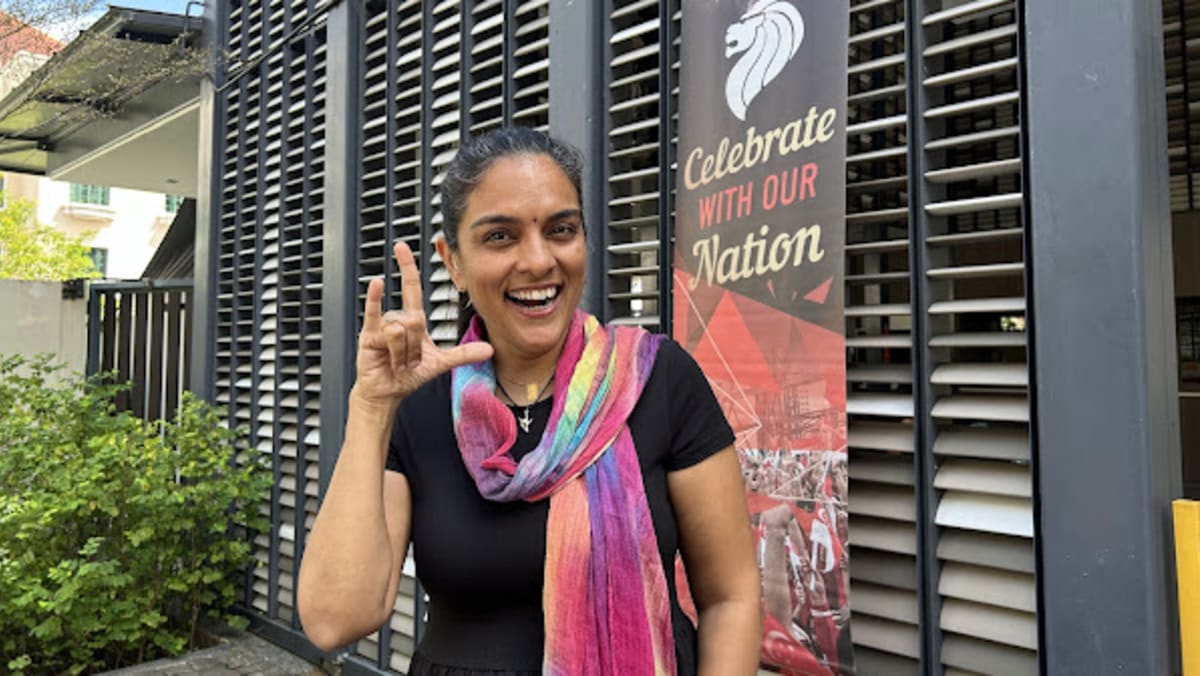Predictably, the appointment of Matthieu Blazy to the creative directorship of Chanel in December 2024, replacing the much-beleaguered Virginie Viard, reignited the debate on the lack of women’s representation in fashion, both in creative and leadership positions. Maria Grazia Chiuri, who stepped down as the creative director of Dior, will further this conversation (Chiuri was the couture house’s first female designer). Today, women remain underrepresented in fashion, including high-level design roles, and decision-making positions.
Despite fashion’s historical association with women and its central focus on femininity, no evidence is quite enough to placate this ideological hysteria − notice that the mobile mob was silent when Sarah Burton replaced Matthew Williams at Givenchy in September 2024, becoming the brand’s first female creative director in the couture house’s 73-year history. From its founding in 1952 by Hubert de Givenchy to the present day, the French luxury house is mostly influential for its collaboration with fashion icon Audrey Hepburn.
Throughout history, women like Burton and Hepburn have played an instrumental role in shaping the industry, both as creators and influential figures who challenged norms and redefined aesthetics. From pioneering designers and trendsetters to cultural icons and business moguls, these women have transformed the way we perceive beauty, identity, and innovation. Their stories inspire generations and continue to influence the way women want to look today.

